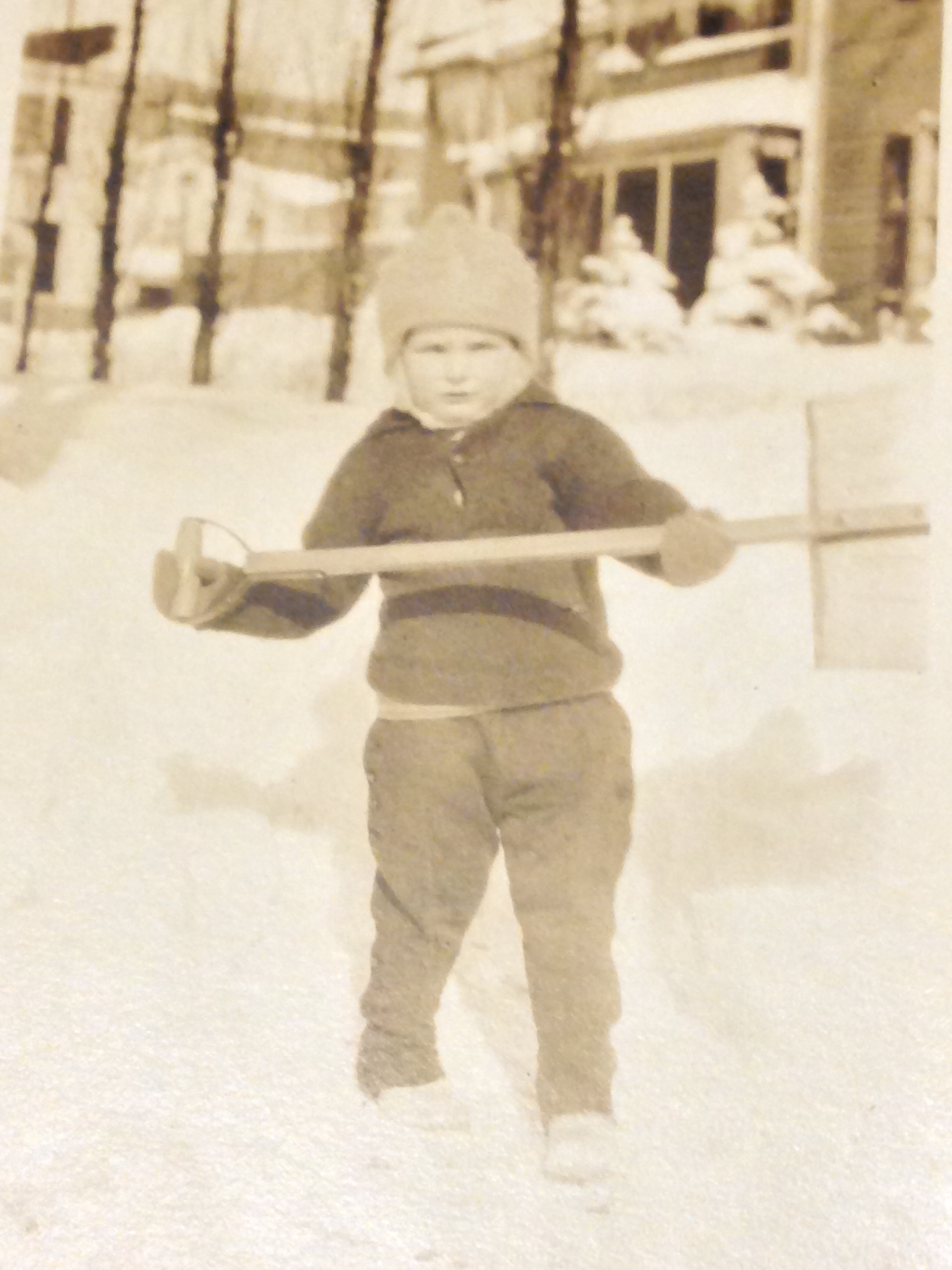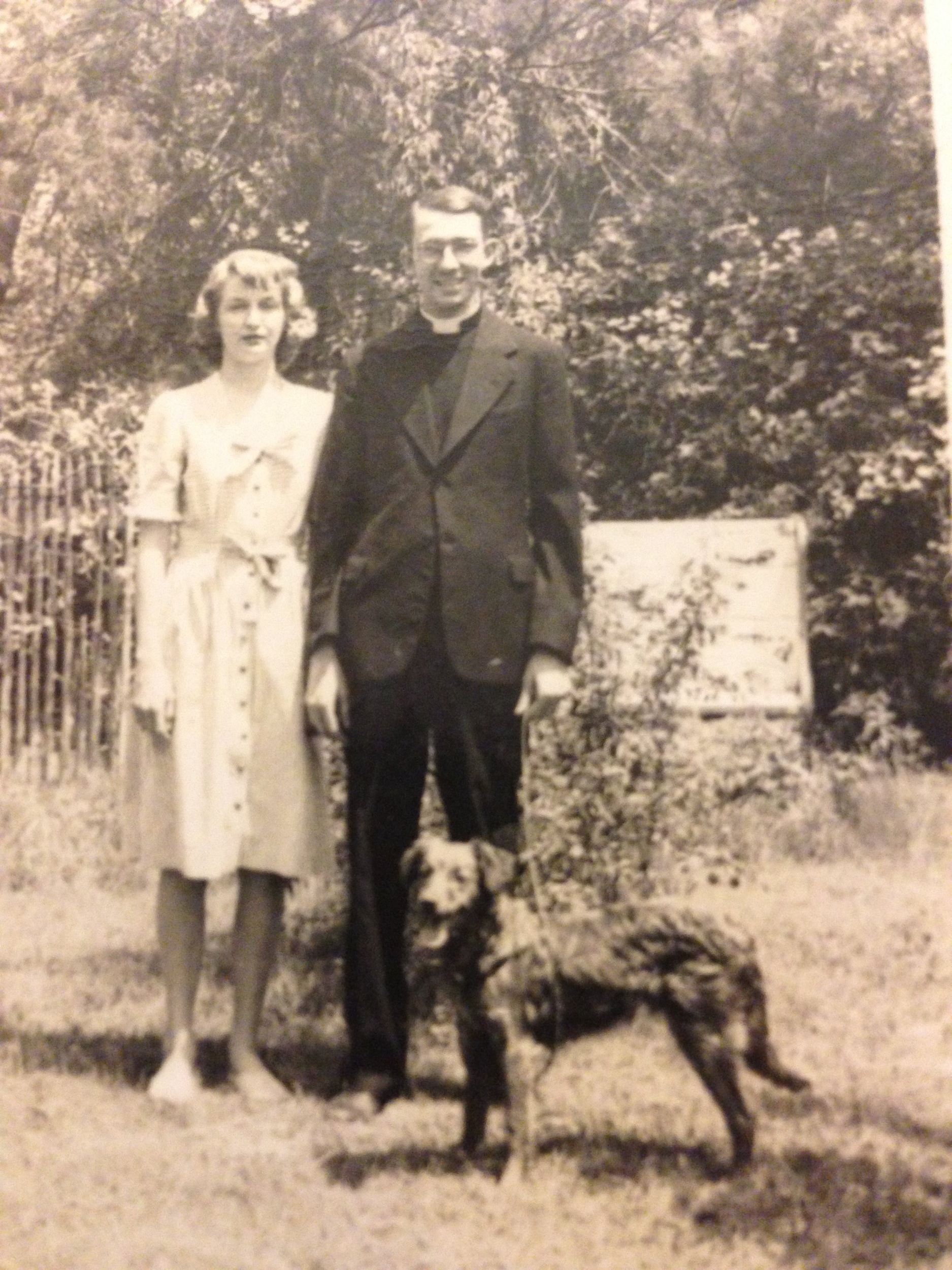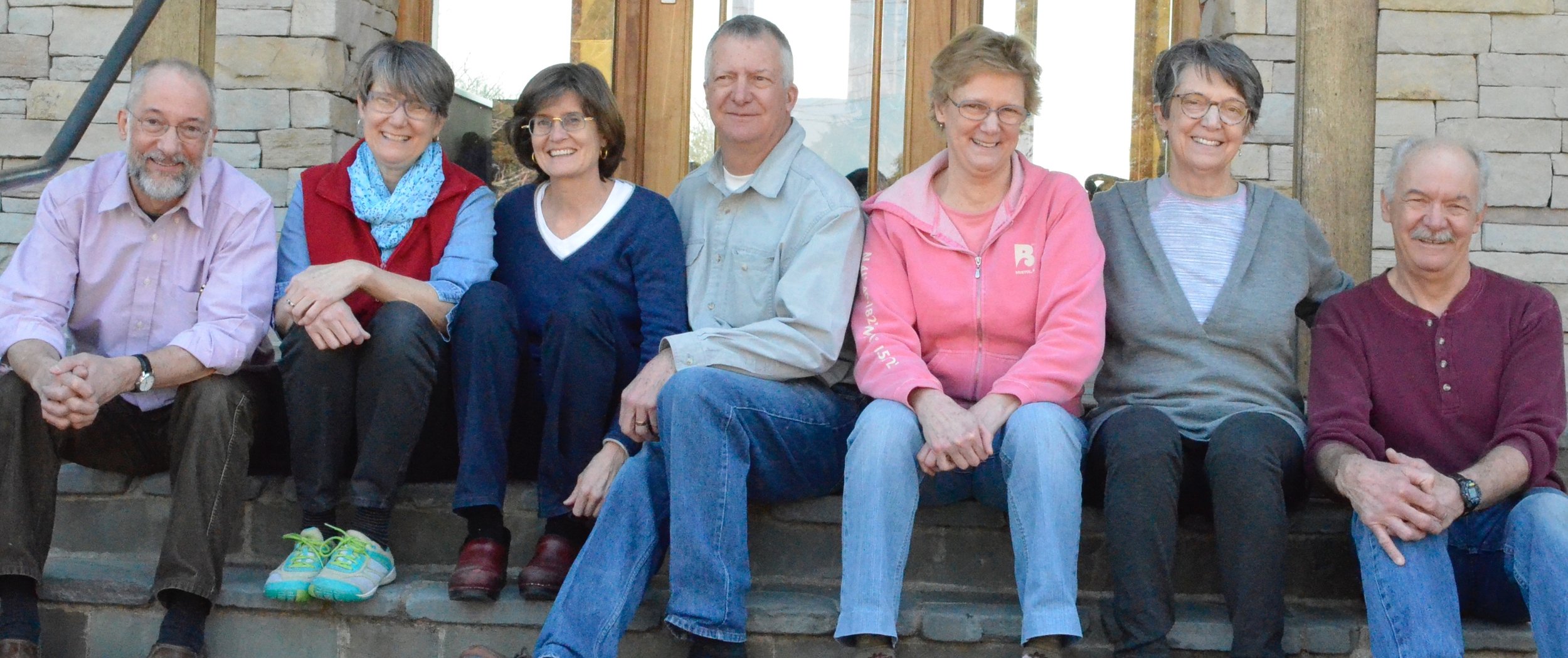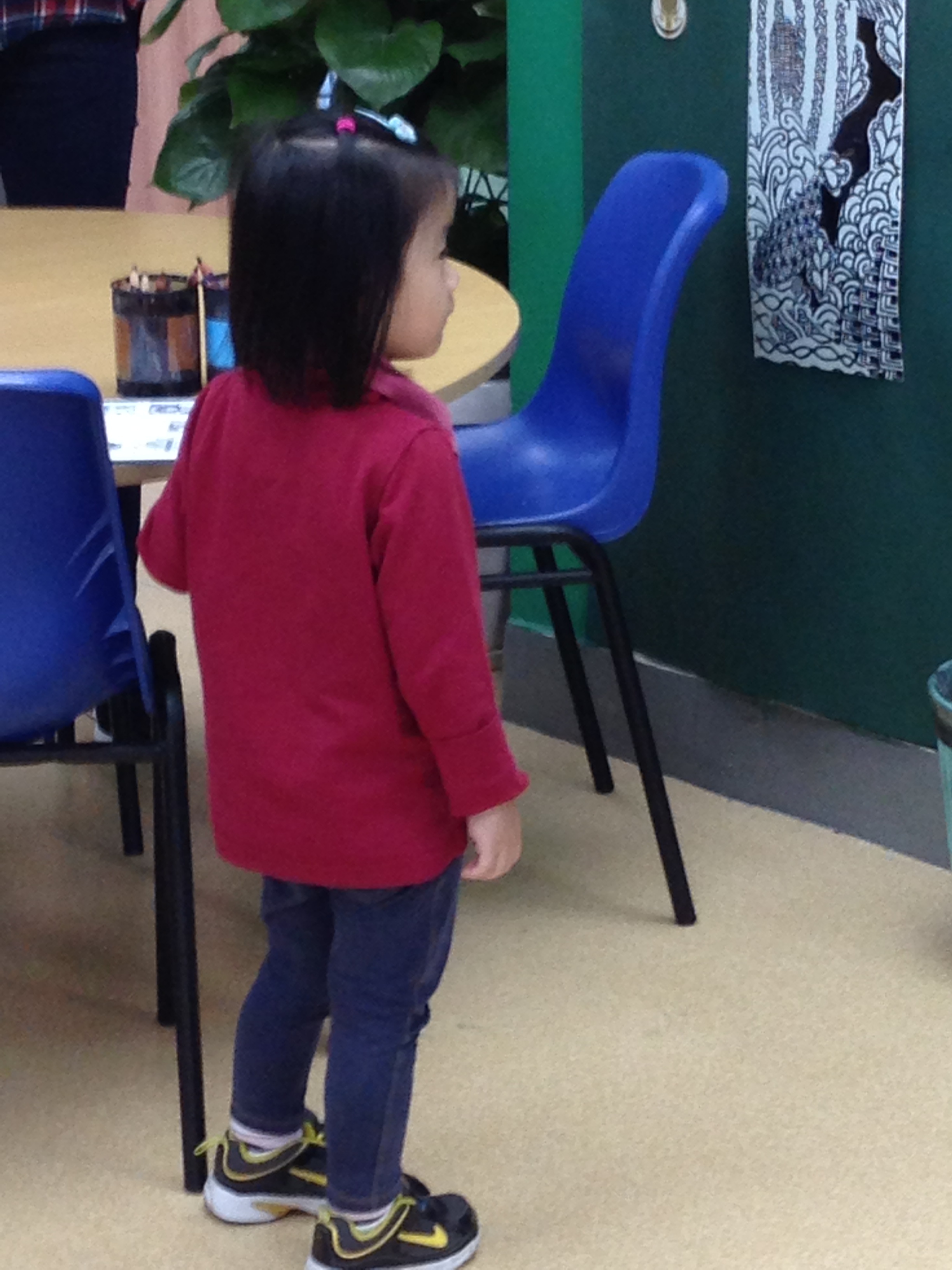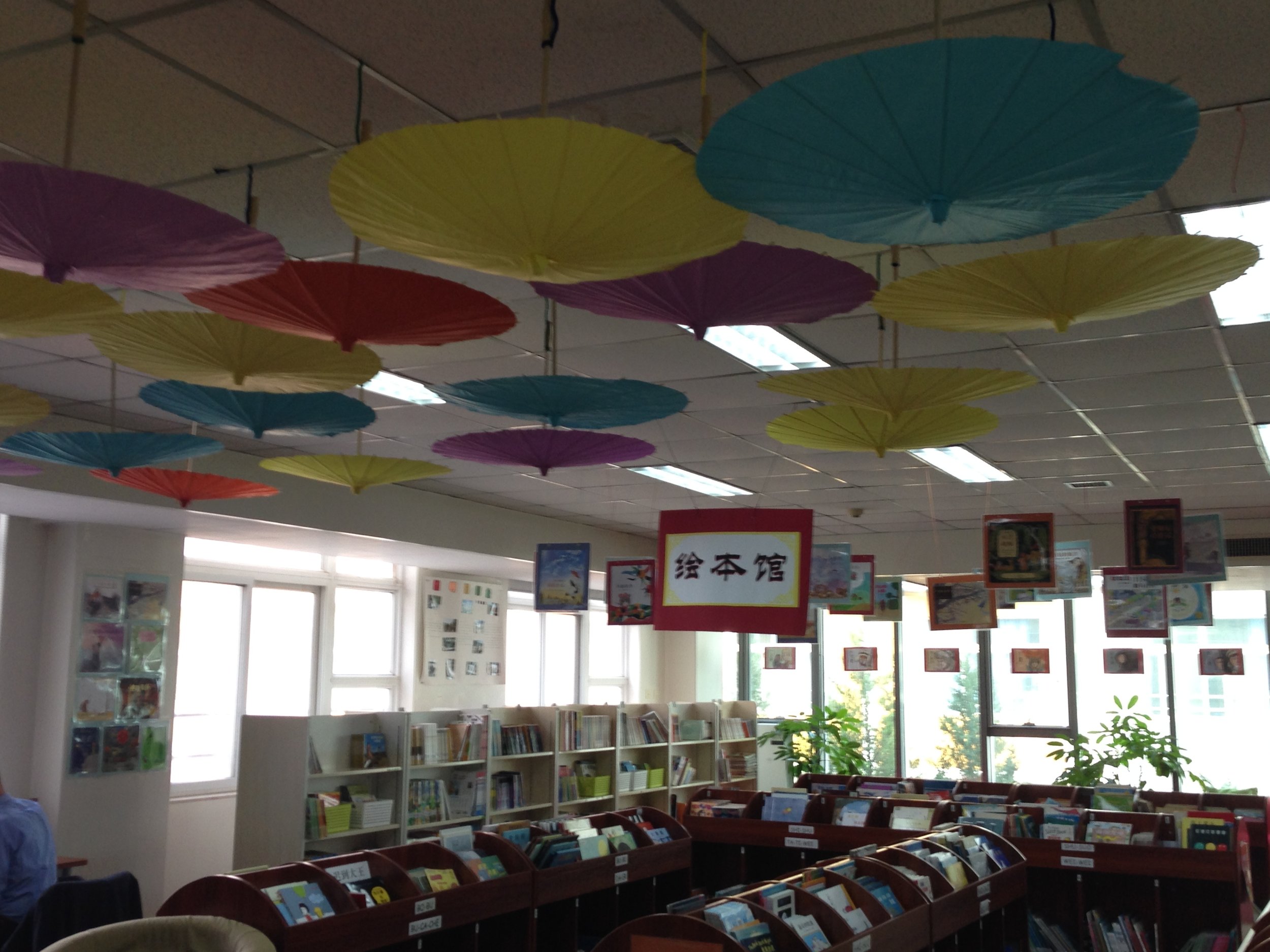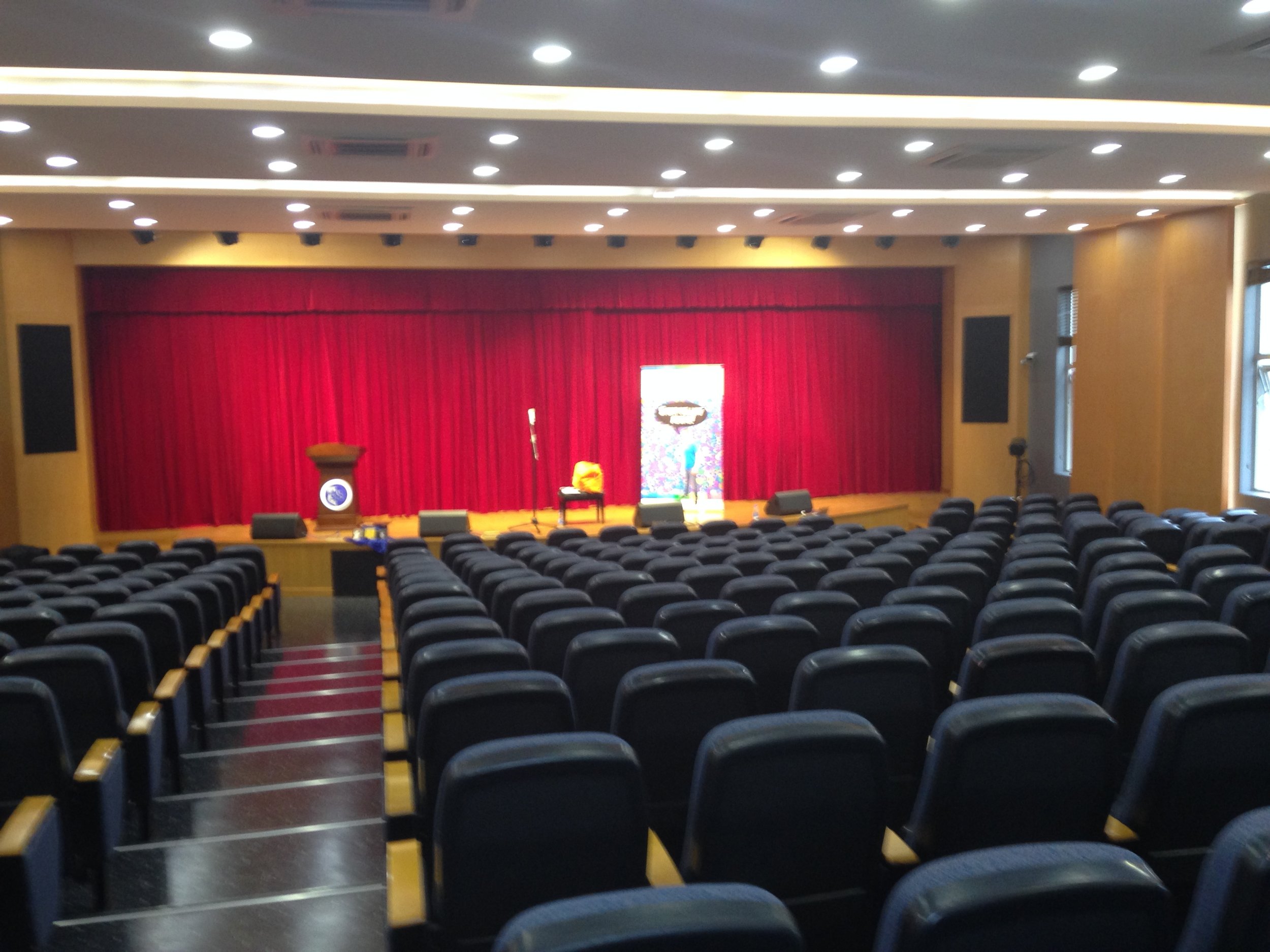Perspective and backstory
/Every story is told from a particular perspective, from a specific point of view. When I’m working on stories, I find it helpful to shift that perspective, to stretch myself. I see the story from new angles, noticing aspects I didn’t earlier understand. I’ll tell myself the story from the point of view of a peripheral character or the dog. I don’t usually tell the story this way, but use it as an exercise to anchor the story firmly in my imagination.
I’ve been thinking about perspective since the flooding in May when I saw this blue heron. Normally, we only see these magnificent birds from below. I took this picture standing on the bridge looking from above. I had no idea they were this brilliant!
I love working on perspective and backstory, understanding aspects of story characters that I’ll never put in the told tale. What color does the big sister in The ghost with the one black eye have? Pink. Do listeners need to know this? No. If I told you every detail, you’d be bored long before the end of the story. It’s helpful to me in order to create characters that are fully formed in my imagination.
If I find myself losing interest in a story, I may change the image in my mind. I picture the family in The ghost as African-American. I’ll imagine the little girl in The Gunniwolf as Asian. Again, I don’t tell the audience how I’m seeing the story in my mind. They have their own pictures. Doing this freshens the story up.
When I teach kids about backstory, I tell them that I need to know everything about the story, that I should be able to answer any question they pose, without even thinking. Then they start slinging me questions!
And speaking of backstory, here’s the picture I took just before the one above.
















